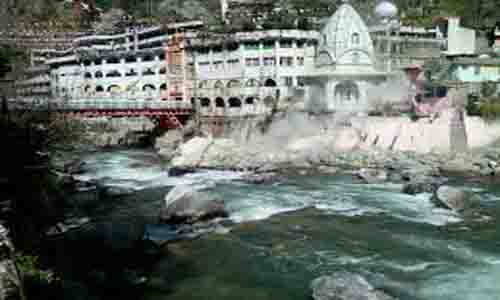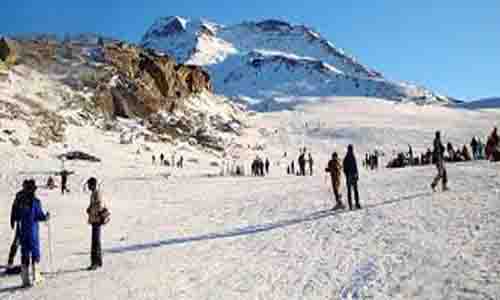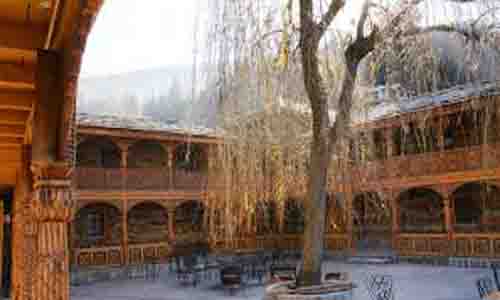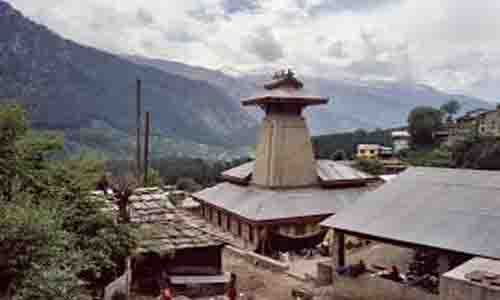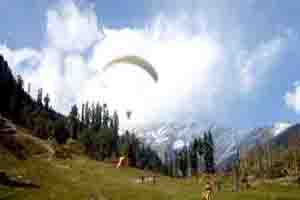Manikaran (80 km from Hotel)
Its Famous for its Hot Springs which is believed to be good for rheumatism, gout, muscular pain etc. The water is so hot that the Dals, Rice etc. can be boiled in it. It is well known Pilgrimage place on account of Ancient Hindu Temple of Lord Ram and a Gurudwara. On the way to Manikaran is a small place called “ Kasol ” which is lush green valley providing excellent atmosphere for a picnic & photography.
Rohtang Pass,3979m (13,050 ft)
ghest point on the Manali-Keylong road and provides a wide panoramic view of mountains rising far above clouds, which is truly breathtaking. Close by is a small lake called Dassaur Lake. Beas Kund, the source of river Beas, is also nearby
Naggar/ Roerich Art Gallery/Zana Falls
Naggar: The Castle, Roerich House and Art gallery are places to see. Bijli Mahadev temple, about 20km from Naggar, is also worth visiting.
Manu Rish Temple - Old Manali
At a distance of 3km northwest of Manali is Old Manali, famous for its orchards and old guesthouses. Calm and serene surroundings coupled with the sound of Beas river is a very peaceful experience. There is ruined fort here by the name of Manaligarh. There is also the Manu Maharishi Temple, dedicated to sage Manu.
Vashist Hot Water Springs/ Jogini Falls
Vashist Hot Water Springs and Temple: Around 3km from Manali, across the Beas river is Vashist, a small village with natural sulphur springs. Modern bathhouses, with Turkish-style showers.Vaishisht, also boasts a pair of old stone temples, opposite each other above the main square.
Solang Valley
Popularly known as Snow Point, is 13 km northwest of Manali and famous for its 300m ski lift. It is a picturesque spot and offers splendid views of glaciers and the snow-capped mountains
Hadimba Temple Manali
It is an ancient cave temple dedicated to Hadimba Devi, who was a character in the Indian epic, Mahābhārata. The temple is surrounded by a beautiful cedar forest (Dhungri Van Vihar) at the foot of the Himālayas. The sanctuary is built over a huge rock jutting out of the ground, which was worshipped as an image of the deity. The structure was built in the year 1553.
